Thin rivers of molten metal running down gentle slopes at incredible speed – this is how a volcanic eruption on a metallic planet might look. These hypothetical ferrovolcanoes have been described for the first time by a team of US scientists that created metallic lava flows at the only facility that can do such experiments.
As Earth is a rocky planet, its volcanoes spew molten silica rocks. Volcanoes on icy worlds, such as Saturn’s moon Enceladus, eject volatiles such as water, ammonia or methane. But there are also planets and asteroids made mostly of nickel and iron. What would eruptions on these worlds look like?
To find out, researchers conducted experiments at the Syracuse Lava Project, the world’s only lava flow simulator. Its furnace heats up to 450kg of material at a time to temperatures reaching 1250°C, which is then poured onto a sand-covered slope. The crucible naturally accumulates metallic melts at the bottom during the week-long experiment runs, so tipping out the bottommost contents produces mixed rocky–metallic flows.
Silica and metal lava don’t mix, the researchers found. Instead, the metal forms thin streams above and below the slowly advancing rock flow. Because metallic lava is denser but less viscous than rocky lava, it flows 10 times faster. This means metal volcanoes are likely to have gentle slopes and broad cones unlike the steep domes of many terrestrial volcanoes. The narrow braided channels metallic lava produces would leave very different impressions on a planet’s surface to thick, compact rock flows.
While ferrovolcanism has never been observed, it could have existed in the solar system at some point. Mars could have had mixed metal–rock volcanoes like those simulated in the experiments thanks to its iron-rich crust. 16 Psyche, one of the most massive objects in the asteroid belt, is made almost entirely out of metal and could have been home to true metal volcanoes. A Nasa mission to 16 Psyche, scheduled to launch in 2022, will have the opportunity to explore whether long-extinct metal volcanoes ever existed on it.
References
A Soldati et al, Nat. Commun., 2021, 12, 1711 (DOI: 10.1038/s41467-021-21582-w)

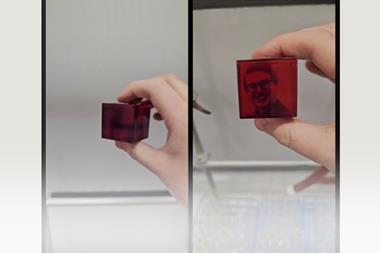

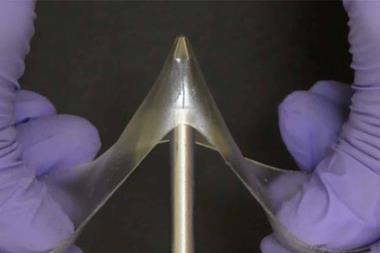






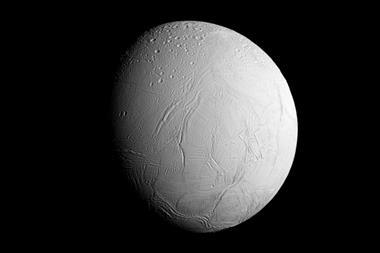

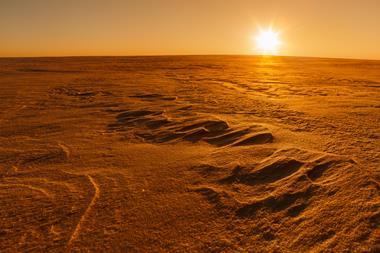

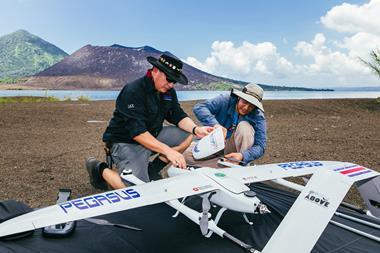












No comments yet